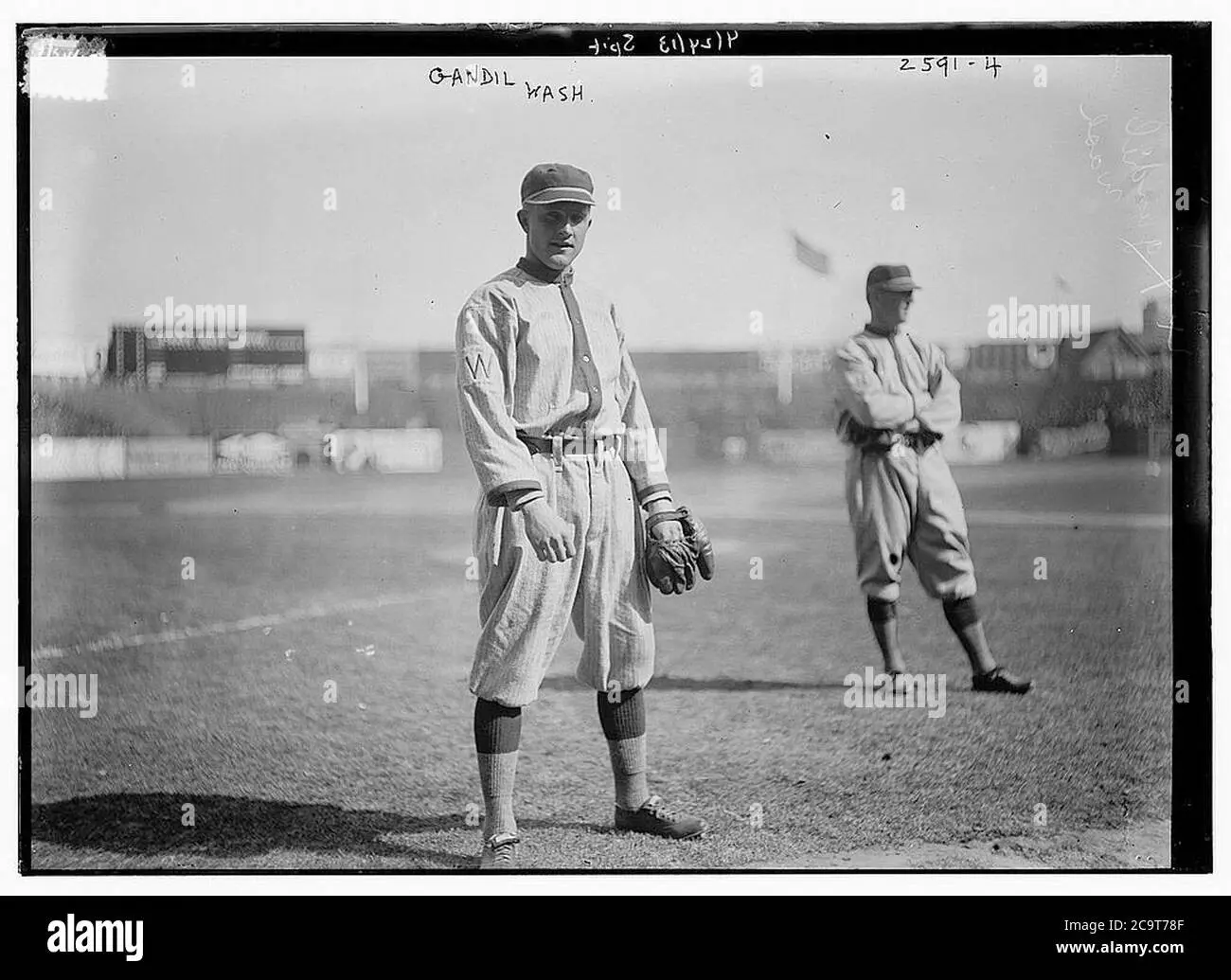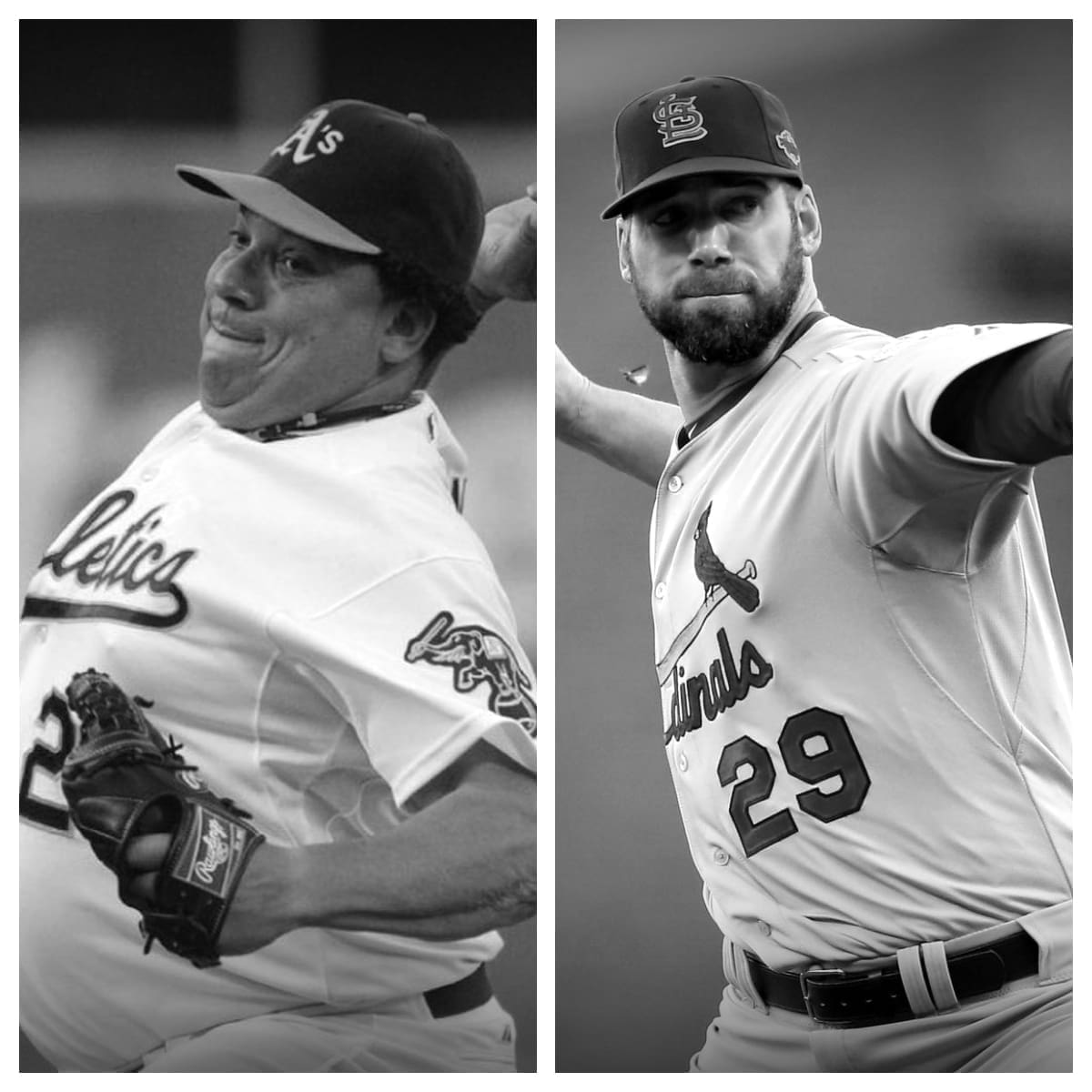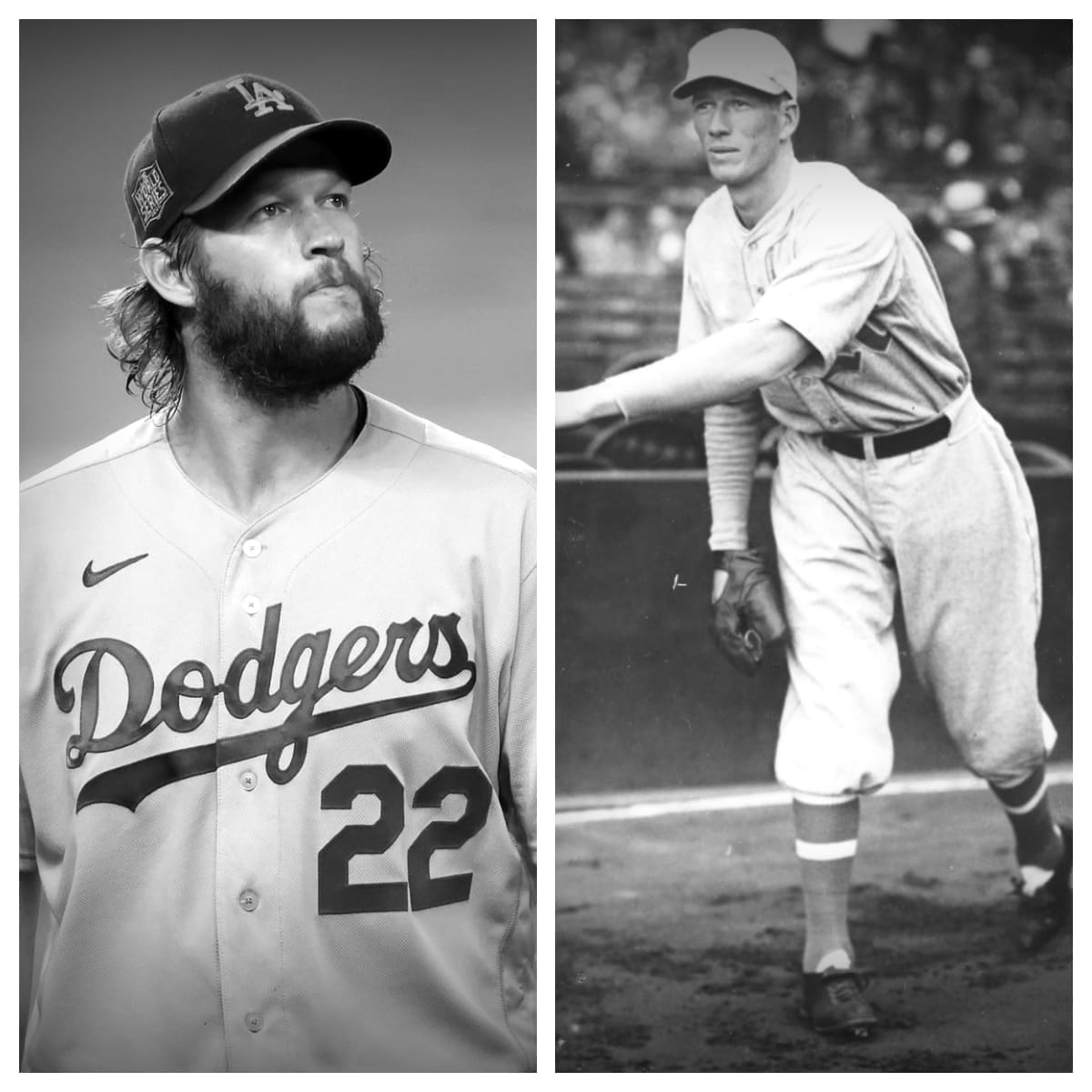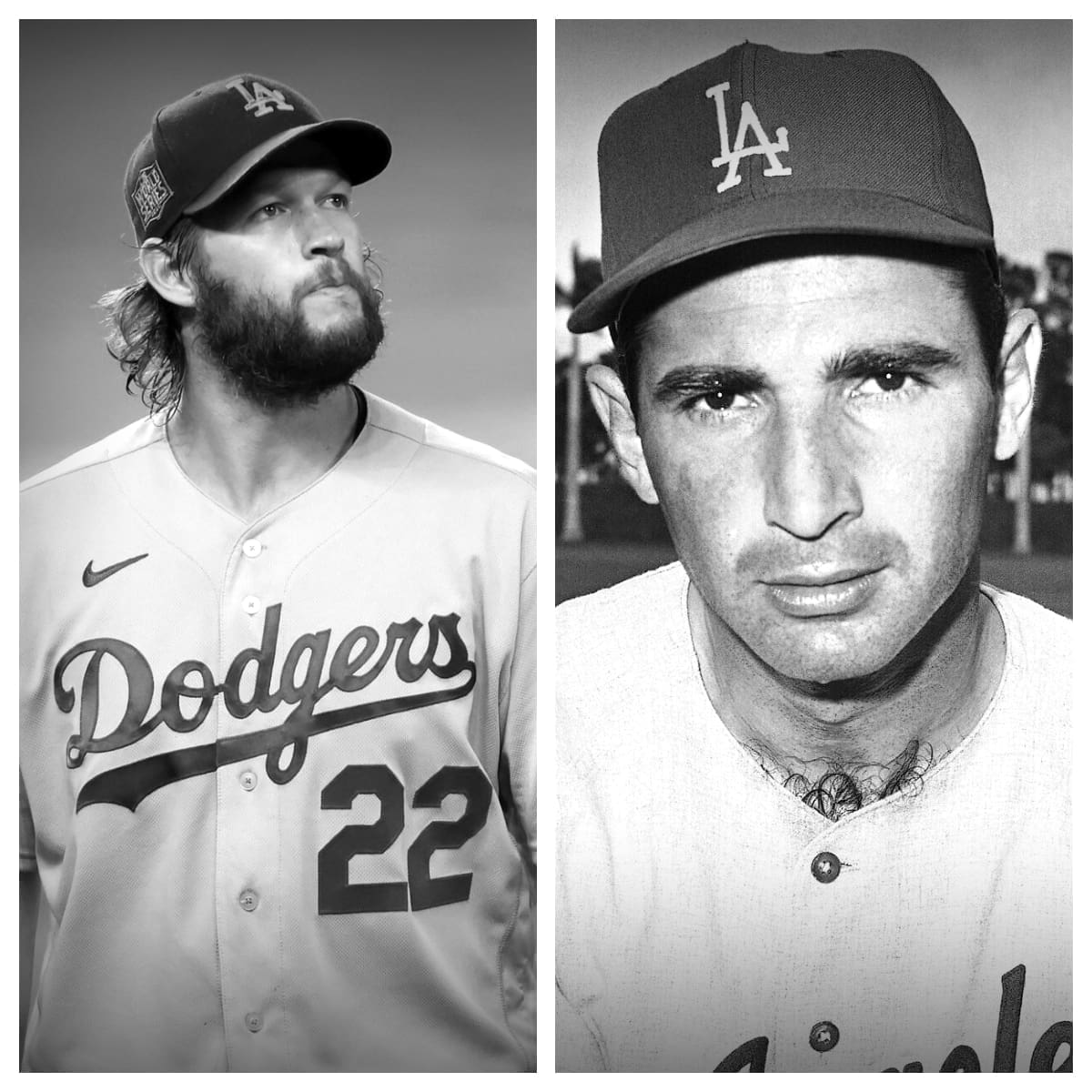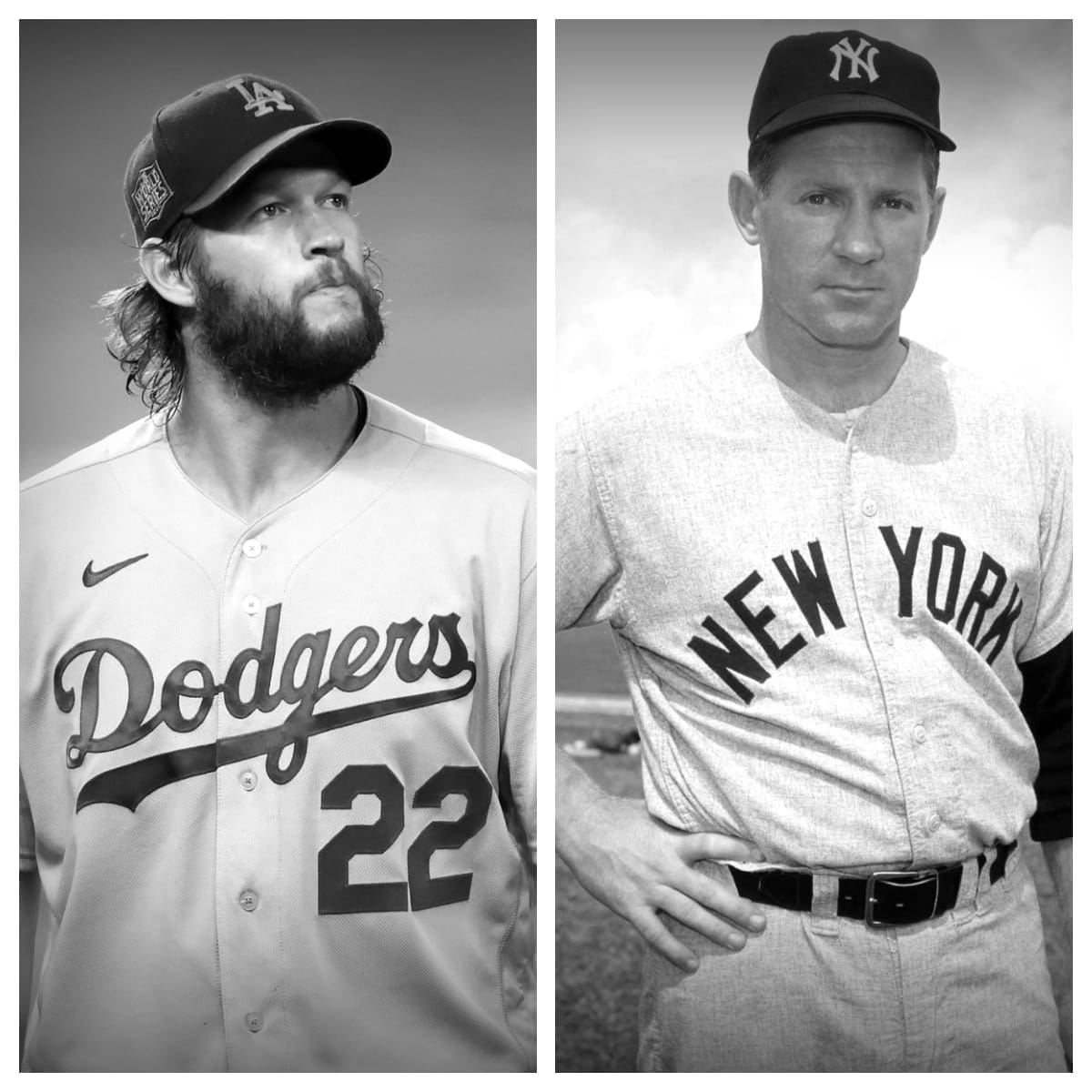Over the course of the 2,480 at-bats in his professional career, Morgan has an average at the plate of .254 with 630 hits. He has hit it out of the park 4 times, with 798 total bases and a .114 slugging percentage. Morgan has drawn a walk 320 times while striking out on 241 chances. He has tallied 278 runs and has 254 runs batted in. His OBP is .348 and he also has a career OPS of .462.
Ray Morgan
Ray Morgan MLB Baseball Hitter
Ray Morgan may not be a household name in today’s Major League Baseball (MLB) discussions, but his contribution to the sport during the early 20th century is noteworthy. This article explores his career, achievements, and lasting impact on the game. As a talented baseball hitter, Ray Morgan’s journey through the MLB serves as an inspiring story for baseball enthusiasts and historians alike.
Early Life and Career Beginnings
Ray Morgan was born on June 21, 1889, in Baltimore, Maryland. Growing up in a city with a rich baseball tradition, it was no surprise that Morgan developed a love for the game at a young age. His early exposure to baseball in Baltimore set the stage for a career that would eventually see him enter the ranks of the MLB.
Morgan began playing professional baseball in the minor leagues, where he quickly made a name for himself as a skilled infielder and reliable hitter. His performances caught the attention of MLB scouts, and it wasn’t long before he was given the opportunity to showcase his talents on the biggest stage.
| # | Preview | Product | Price | |
|---|---|---|---|---|
| 1 |

|
MLB | Buy on Amazon | |
| 2 |

|
2025 Topps Series 1 Baseball - Factory Sealed - Value Box |
$38.62 |
Buy on Amazon |
MLB Career
In 1911, Ray Morgan made his MLB debut with the Washington Senators. Known for his agility and quick reflexes, he primarily played second base. Morgan’s ability to consistently make contact with the ball and his keen eye for the strike zone made him a valuable asset to the Senators.
Throughout his MLB career, which spanned from 1911 to 1918, Morgan was recognized for his defensive prowess and batting skills. He was particularly known for his ability to deliver clutch hits when his team needed them the most. In an era dominated by small-ball tactics, Morgan’s style of play was well-suited to the strategies of the time.
Ray Morgan’s Batting Achievements
Ray Morgan’s batting statistics reflect his importance as a hitter during his time in the MLB. Over his eight-season career, Morgan maintained a respectable batting average, which highlighted his consistency at the plate. His ability to make contact and drive in runs contributed significantly to his team’s offensive efforts.
- Career Batting Average: Morgan posted a career batting average of .254, a solid figure for players of his era.
- Home Runs and RBIs: While not known for his power hitting, Morgan managed to hit a few home runs and accumulate a respectable number of runs batted in (RBIs) during his career.
- On-Base Percentage (OBP): His keen eye and discipline at the plate resulted in a commendable on-base percentage, reflecting his ability to get on base and contribute to scoring opportunities.
Notable Moments and Contributions
One of Ray Morgan’s most notable contributions came during the 1912 season when the Washington Senators were in contention for the American League pennant. Morgan’s timely hitting and solid defense helped the team remain competitive throughout the season, ultimately finishing second in the league standings.
Morgan’s leadership on the field was complemented by his sportsmanship and dedication to the game. He was known for his work ethic and commitment to improving his skills, traits that made him a respected figure among his teammates and opponents alike.
Impact on the Game
While Ray Morgan’s career may not have included Hall of Fame accolades or record-breaking achievements, his contributions to the game of baseball are nonetheless significant. As a player who embodied the principles of teamwork and perseverance, Morgan’s legacy extends beyond his statistics.
His commitment to the sport and his ability to inspire those around him continue to be remembered by baseball historians and enthusiasts. Ray Morgan’s story serves as a reminder of the importance of dedication and passion in achieving success, both on and off the field.
Post-Baseball Life
After retiring from professional baseball, Ray Morgan continued to be involved in the sport he loved. He remained active in the Baltimore baseball community, often sharing his knowledge and experiences with younger players. Morgan’s dedication to mentoring the next generation of athletes further cemented his legacy as a true ambassador of the game.
In his later years, Morgan lived a quiet life, enjoying time with his family and reflecting on his baseball career. He passed away on March 15, 1940, leaving behind a legacy of sportsmanship and dedication that continues to inspire future generations of baseball players.
Ray Morgan in Today’s Baseball Culture
In today’s baseball culture, Ray Morgan may not be as widely recognized as some of the more prominent figures in MLB history. However, his contributions to the game during his career remain relevant to fans and historians who appreciate the rich history of baseball.
For those interested in learning more about Ray Morgan and his impact on the MLB, various resources are available. From historical archives to baseball reference websites, Morgan’s career can be explored in greater detail, providing valuable insights into an era of baseball that laid the foundation for the modern game.
Conclusion
Ray Morgan’s journey through the MLB as a baseball hitter is a testament to his skill, dedication, and love for the game. While not a Hall of Famer, his contributions to baseball during the early 20th century are deserving of recognition and appreciation.
As we celebrate the rich history of MLB, it’s important to remember players like Ray Morgan who played pivotal roles in shaping the sport. His legacy, characterized by hard work and sportsmanship, continues to inspire baseball enthusiasts and serves as a reminder of the enduring impact of the game’s early pioneers.
